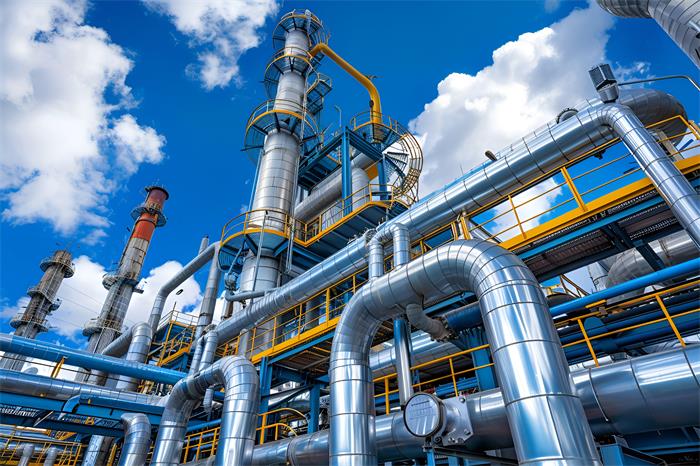Application
-
Data center is the key infrastructure of information society and the core carrier of ICT technology. Data centers have become one of the fastest growing power consumption devices in the world. Relevant national data show that in 2020, China's data center power consumption hit a record high and exceeded 200 billion KWH, and energy consumption accounted for 2.7% of the country's total power consumption. With the promotion of the "dual carbon" strategic target, how to ensure the rapid development of data centers at the same time, but also quickly reduce energy consumption is receiving widespread attention.
-
Protective material for thermorunaway of battery: thermochemical heat storage material.
Principle of thermorunaway propagation of battery: After the thermorunaway of a single battery, a large amount of heat will be transferred to the surrounding batteries, which will lead to thermorunaway propagation.
Application of phase-change materials in battery thermorunaway protection: Phase-change materials can be made into various shapes and embedded in battery packs, and inorganic phase-change materials have high phase-change enthalpy and ultra-high thermal decomposition enthalpy.
-
Heat storage stage:
During peak shaving, the extracted high-temperature steam is stored in the material through the molten salt module, and the cooled steam is sent to the steam storage tank and stored in the form of saturated water, so as to achieve the load reduction goal of the unit.
Heat release stage:
During the non-peak shaving period, the saturated water in the steam heat storage tank is flashed to generate saturated steam, which flows through the high-temperature molten salt heat storage module in the opposite direction of heat storage to generate superheated steam for external supply, thus achieving the peak goal of the unit.
-
Phase-change materials can be applied to walls, ceilings and floors of buildings
During the day, solar energy is directly absorbed to heat the phase-change material, and at night, it is ventilated and cooled to release heat
Improve the thermal comfort of buildings and reduce the energy consumption of buildings




